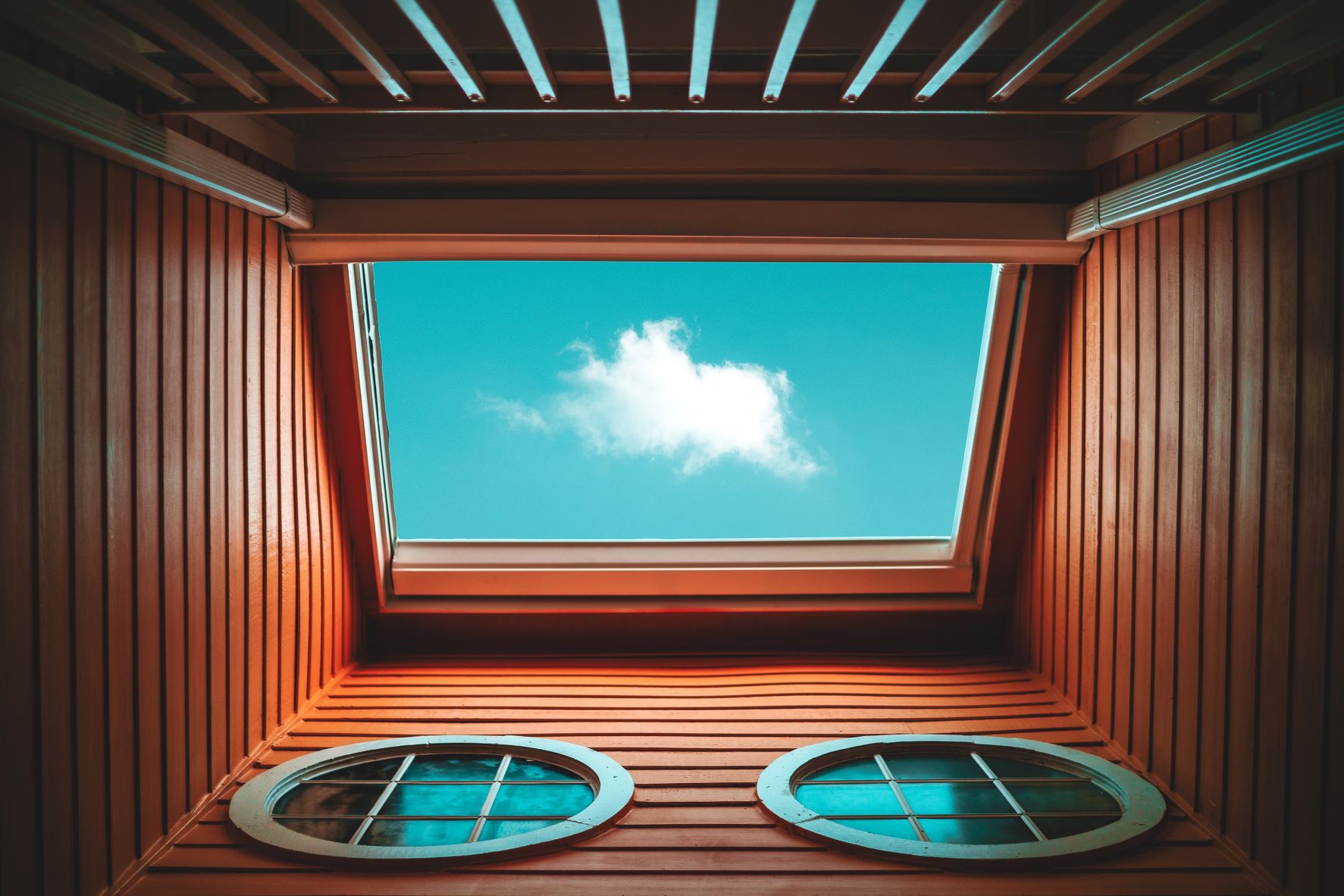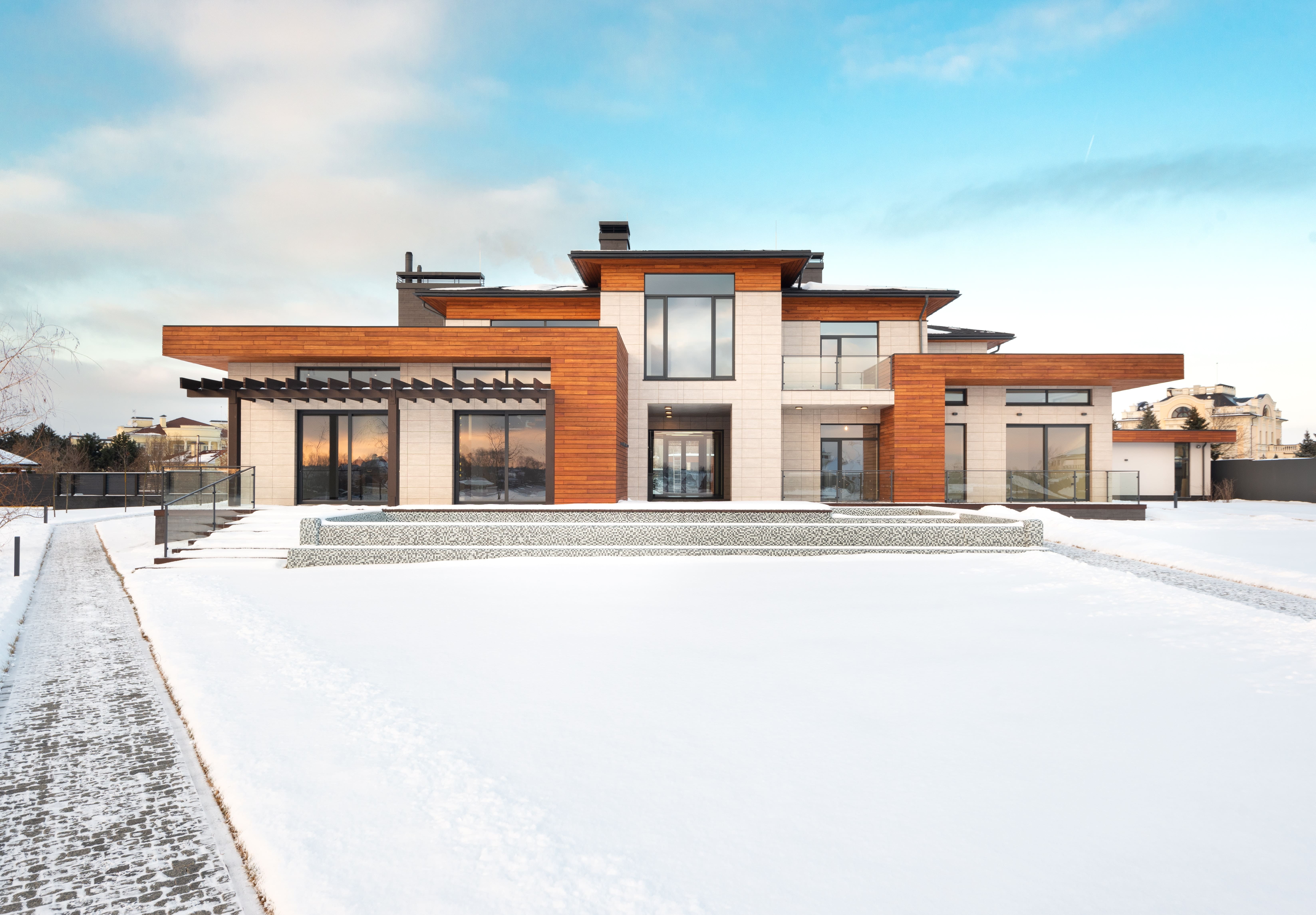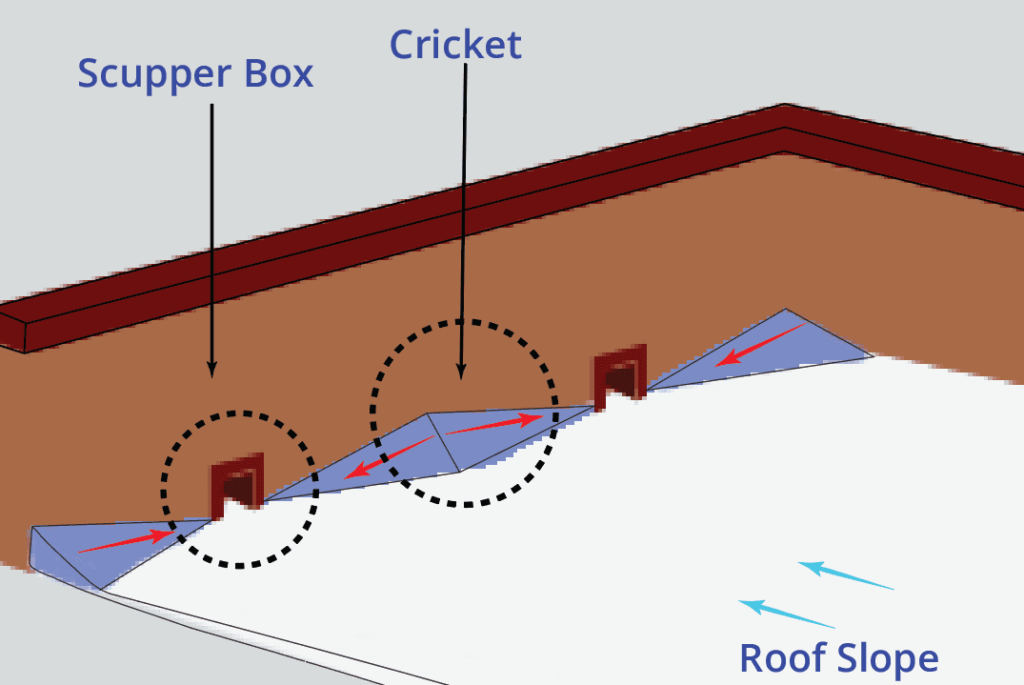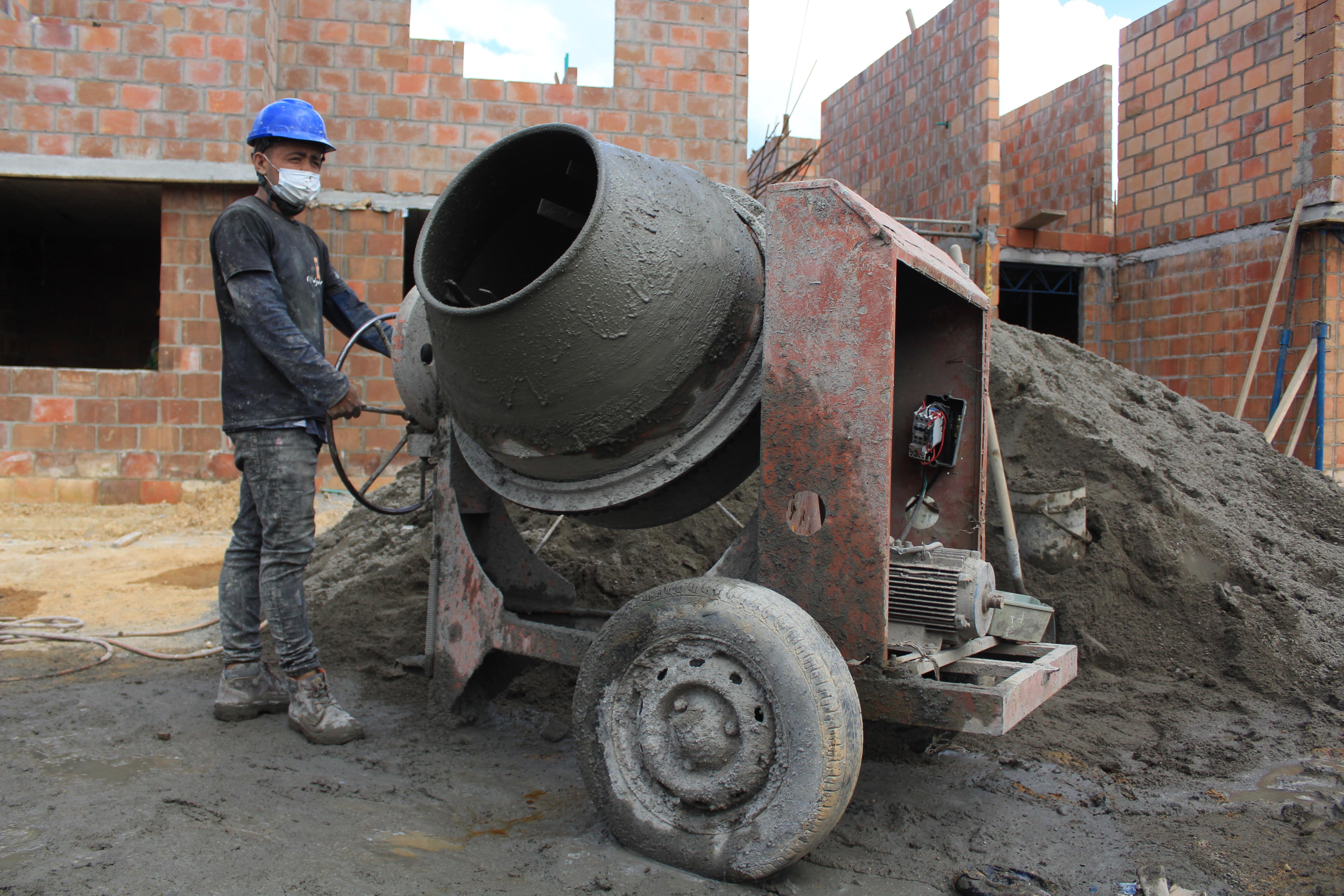Coping

In construction, the coping or capping is built on the compound wall, parapet wall, and boundary wall. Coping is provided to avoid the seepage of water into walls during the rainy season. The water gets drained by the slope provided in the coping. Coping also adds to the overall appearance of a building or wall. The slope of 1:20 is provided to drain the water during the rainy season.
Composite Order

The Composite and Tuscan Orders were introduced by the Romans, increasing the total number of architectural orders to five. Orders were widely utilized as aesthetic embellishments, but they were also used productively in temple colonnades. To achieve more height, the Romans put their orders on pedesta
Column

In architecture and building construction, a column or pillar is the most significant structural element that aids in the transmission of load from above to the ground. The column carries all of the loads from the slab, beam, ceiling, and arches and transfers them to the footing and into the earth. Columns are similar to bones in the human body. Bones provide us strength, keep us steady, and transport all of our body weight to our legs. In the buildings, the columns operate just like that. It is essential to the structure’s surviv
Clapboard

A clapboard, also known as a weatherboard, bevel siding, or lap siding, is used to cover the outer frame of a building to keep water out. Each one is placed horizontally on the outer wall, overlapping the one below it and making a weather-tight surface. They are generally available from 150 to 200mm in width and 15 to 16mm in thickness. For the first time, cleft oak clapboard was used during the 17th century in New England, and after that, clapboard was also made using pine, cypress, and ced
Cladding

Cladding refers to any material which is used to cover the primary structure of a building. It acts as a non-structural system that protects the roof or exterior walls from rain, sunlight, and other environmental conditions. Cladding adds one more layer to the external wall or roof. The cladding system consists of an outer weather protective layer, screen, or fillers attached with the help of brackets, gaskets, flashing, sealants, and other
Curtain Wall

A curtain wall system is a building’s exterior covering in which the outside walls are non-structural and only serve to keep the weather out and the people in. Curtain walls are nonstructural elements constructed of lightweight materials that help to reduce building expenses. A significant advantage of using glass as the curtain wall is that natural light may reach deeper into the structu
Chute

A chute is a type of equipment that is widely used in tall structures to conveniently and safely remove or convey debris, bricks, or other similar material from the upper levels to the ground level or basement level (which is utilised for building construction). This gadget is made up of a chain of cylindrical or conical tubes connected by chains. It can be round, square, or rectangular in shape, and constructed of materials such as stainless steel, plastic, and others.
Cricket

A cricket, or saddle, in construction, is a triangular structure constructed to divert the surface water from the roof to the drains. It is designed on a flat or pitched roof mainly around the chimney, roof edges, curbs (Skylights and HVAC), drains, or wherever a 90° angle is formed on the roof. The main purpose of the cricket is to divert the water from the low slope and flat roofs with the parapet wall to…
Cement

Building blocks of stones or bricks are to be bonded together to build a structure. Mud, lime, and cement are binding materials. Nowadays, cement is used very commonly as a binding material since it is more reliable.
Camber

Camber is a slope commonly present on highways or roadways to direct surface water or precipitation to drains. Camber is a slope that is raised at one end. It is also known as the road’s “cross slope.” Cambers are not just built to help with water drainage; they also keep the road from degrading. If rainfall collects on the road and does not drain awa

